Smarter Logistics, Better Food Infrastructure for Stronger Business Competitiveness
Logistics Process
Automated Sorting System for Faster, More Accurate Logistics
We have implemented an advanced logistics system throughout the entire process—from ingredient receiving and sorting to delivery—ensuring the fast and fresh supply of verified food ingredients.
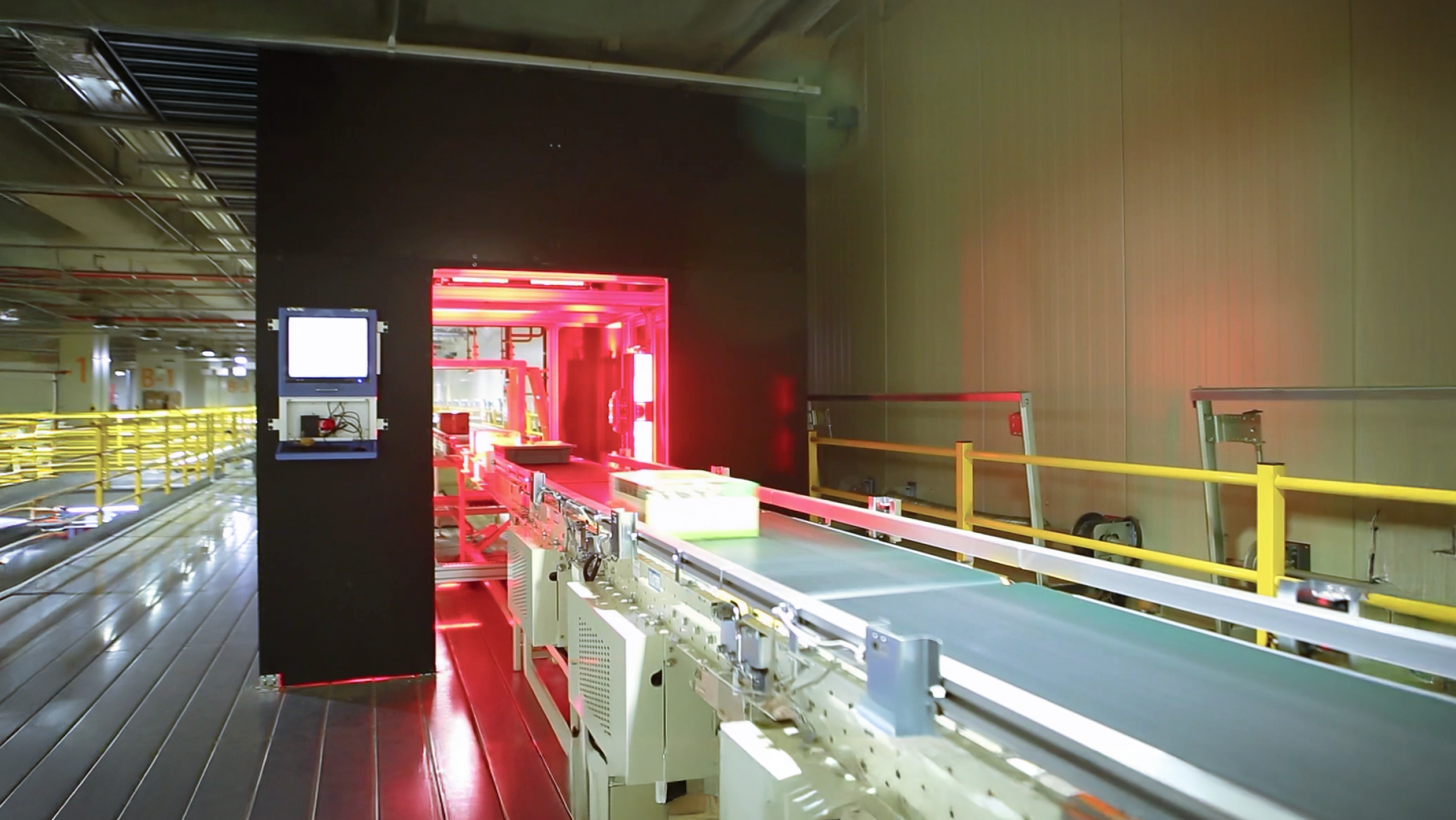
A New Competitive Edge in Food Service Efficiency
Central Kitchen
- Centralized Cooking Facility for Greater Food Service Competitiveness
- Samsung Welstory’s Central Kitchen, the largest of its kind in the domestic industry, responds to rapidly changing food service trends by producing and supplying specialized pre-processed ingredients and ready-to-eat meals for catering services.
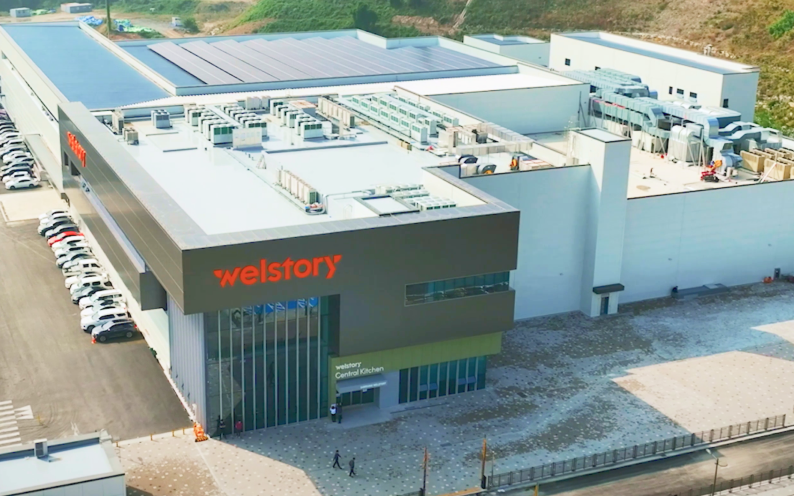
- Fully Automated Smart Factory
- With state-of-the-art food manufacturing facilities, we have fully automated the entire production process—from pre-processing and cooking to packaging, sorting, and quality inspection— preventing cross-contamination caused by human contact. We also ensure the same quality as handcrafted meals by producing and delivering products quickly with same-day received ingredients.
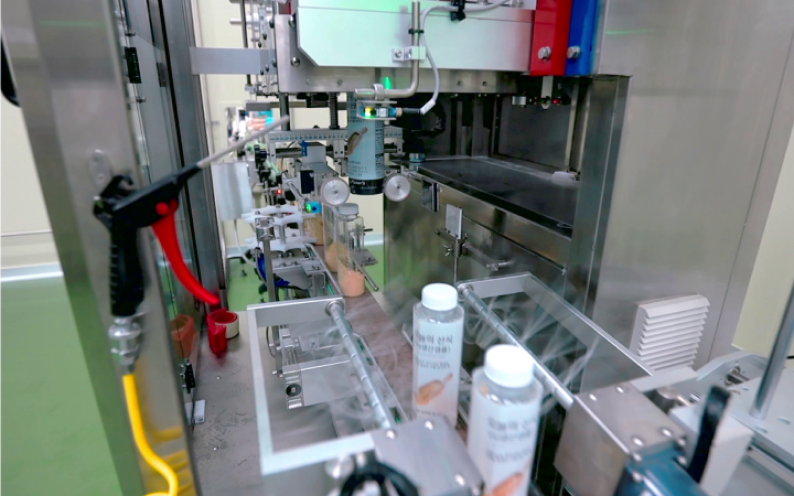
- Supplying 200+ Ready-to-Eat and Semi-Prepared Meals
- We produce 207 diverse products across 13 categories, including high-demand ready-to-eat meals and semi-prepared products that significantly reduce cooking time. Samsung Welstory develops competitive recipes to deliver exclusive products that meet customer needs.
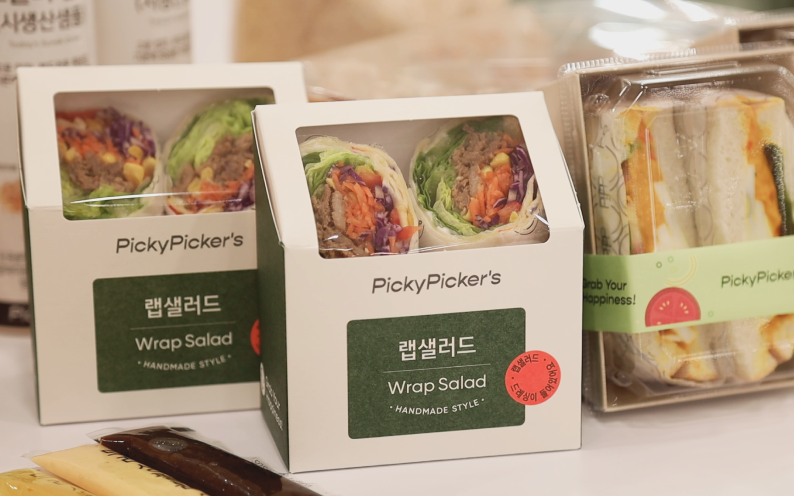
- Automated Sorting & Loading System for Faster Delivery
- Equipped with 14 robotic arms, our system automatically sorts and loads products on to region-specific conveyor belts, enabling faster and fresher deliveries.
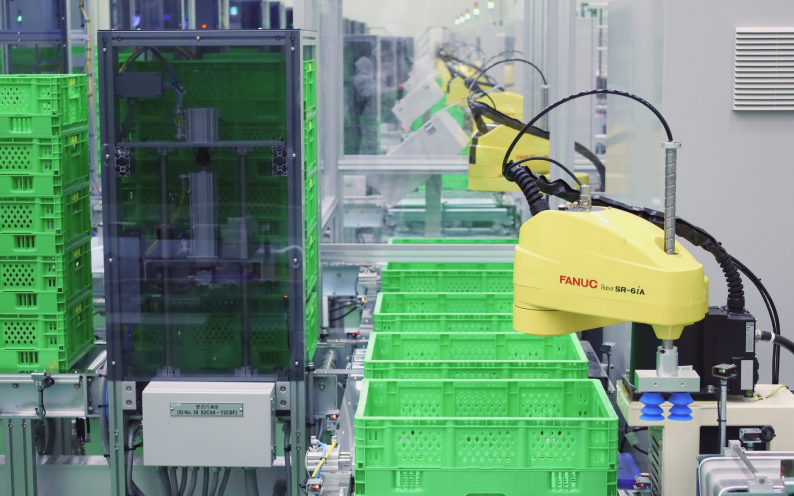
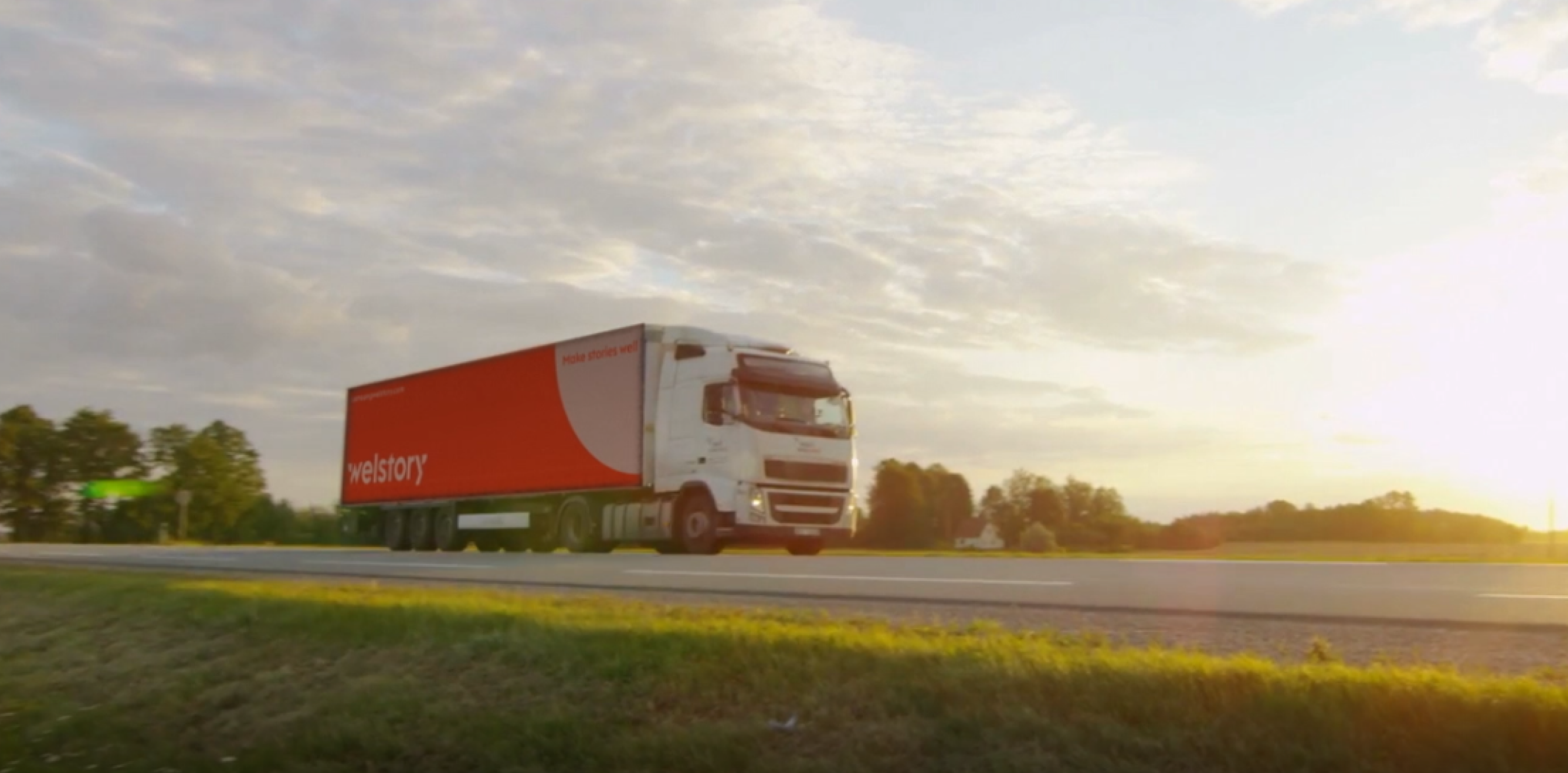
A Rigorous Logistics Process from Start to Finish
- 1. Inbound
- Fast and reliable inbound process management system
- 2. Inspection & Q/C
- Systematic inspection and order verification conducted via PDA scanning
- 3. Sorting
- Improving sorting accuracy and preventing misdeliveries in advance with an automated sorting system
- 4. Loading
- Accurate delivery preparation through order verification by Service Producers (SP) using a mobile app
- 5. Delivery
- Optimized delivery order and routes using a routing system
- 6. Vehicle Return
- Fully automated car wash facilities for stringent hygiene management and prevention of external contamination
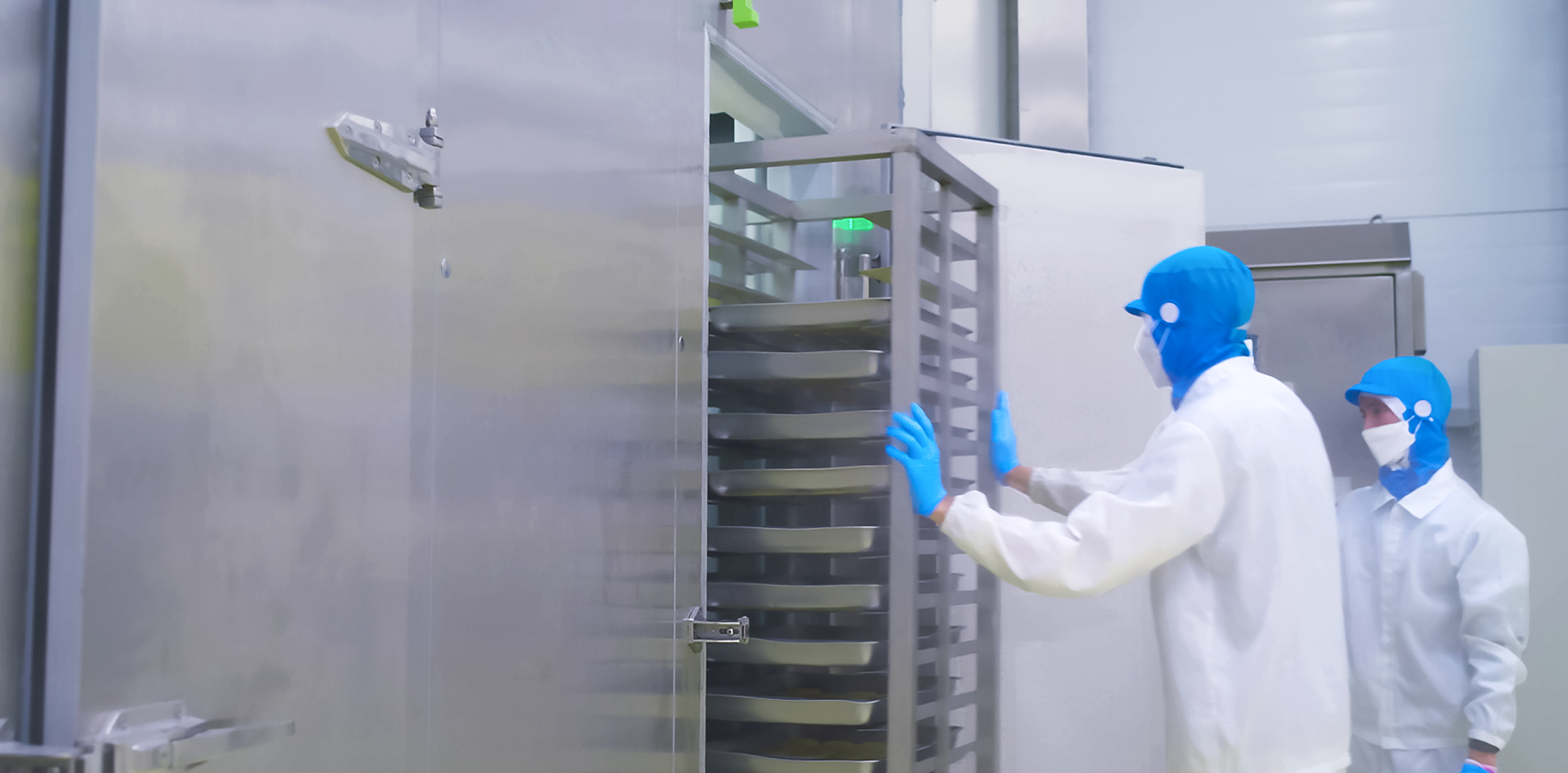
Precise Temperature Management Across the Entire Logistics Process
- Cold Chain System
- Maintains a perfect cold chain from inbound to storage and delivery. (Refrigerated: 5°C / Frozen: -18°C)
- Air Shelter
- A temperature control system that inflates air bags on three sides (top, left, and right) when vehicles dock at the logistics center, sealing the space between the vehicle and dock to block external heat.
- Thermo Air Shutter
- Powerful air jets on both sides of the dock create a barrier against external heat and pests.
- PCM Vehicle
- PCM-equipped vehicles ensure consistent freezing and refrigeration temperatures, even when vehicle refrigeration systems are unavailable.
- Refrigerant Sprayer
- A technology that injects CO₂ gas into logistics vehicles during summer to rapidly lower the internal temperature.
- Eco-Friendly Vehicle Monitoring System
- A system integrated with a unified terminal that monitors fuel consumption and carbon emissions of delivery vehicles in real time.
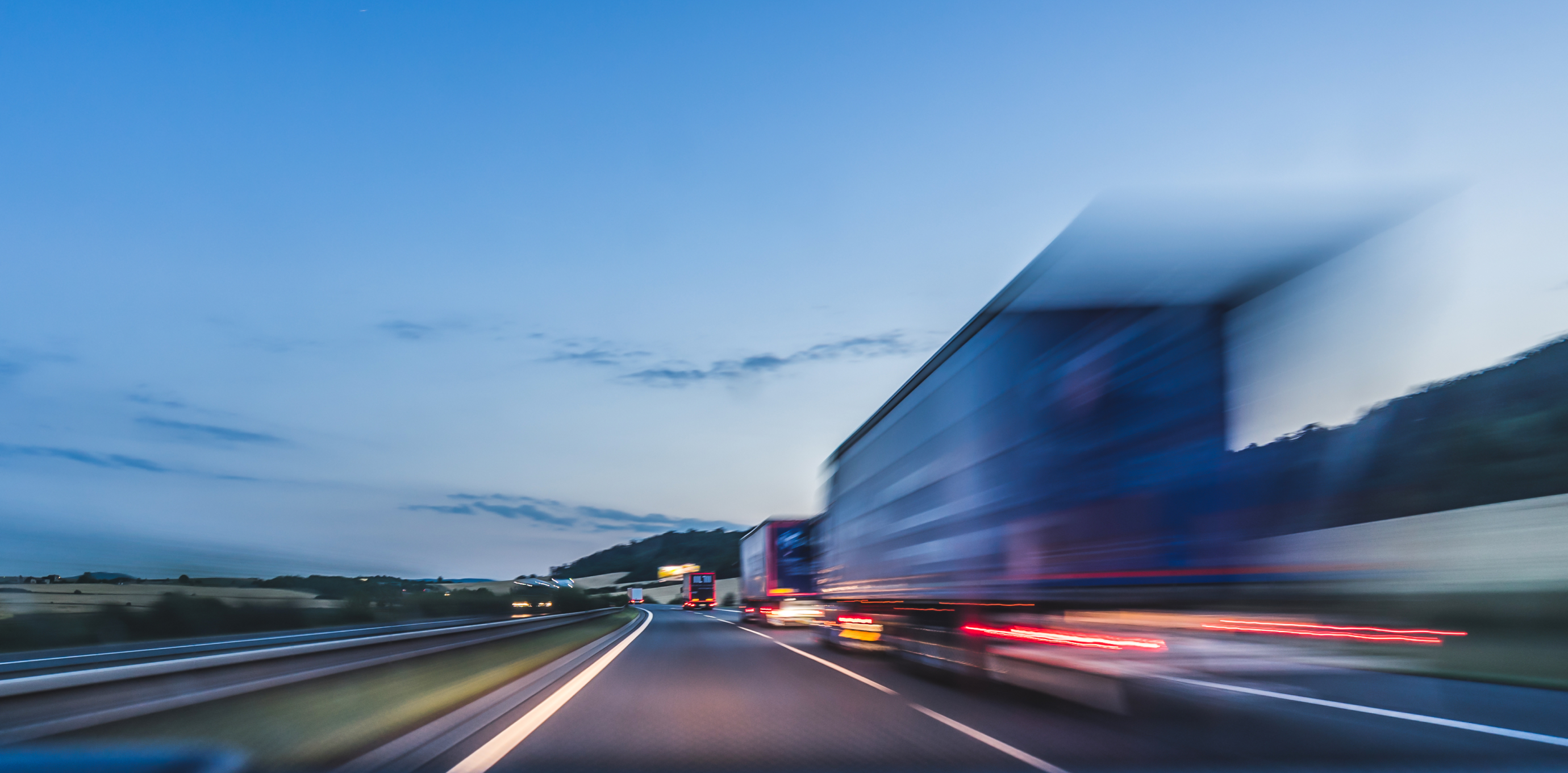
Energy Savings and Carbon Emission Reduction
- High-Efficiency LED Lighting in Logistics Centers
- Replaced induction lamps with LED lamps to improve power consumption efficiency.
- Improving Logistics Efficiency with Large Delivery Vehicles
- Adopting large delivery vehicles to increase vehicle operation efficiency, especially for high-volume business sites.
- Vehicle Load Weight Optimization
- Achieved better fuel efficiency by lightening delivery vehicle cargo compartment materials.
- Air Spoiler Installation
- Equipped delivery vehicles with air spoilers to improve fuel economy by lowering air resistance during transport.
- Eco-Driving
- A driving technology that avoids sudden acceleration, braking, and rapid starts, favoring smoother driving to reduce fuel consumption by 20–40% and decrease CO₂ emissions.